Principles of Inclusive Design: How to Apply Them to Your Digital Spaces
Principles of Inclusive Design: How to Apply Them to Your Digital Spaces


Ready to see AudioEye in action?
Watch Demo
Inclusive design prioritizes creating physical and online spaces that are usable by as many people as possible. Learn inclusive design best practices and how they benefit both your business and your users.
Originally Posted April 22, 2024
How places are designed — both physical places and online spaces — affects our experience. Something that’s well-designed and accessible to all creates a positive experience for everyone.
That’s the purpose of inclusive design: to create online and physical spaces that the full range of human diversity can use. It aims to remove all roadblocks to accessing spaces, such as race, gender, age, ability, etc. The practice goes beyond accessibility to help designers create spaces that meet diverse backgrounds, experiences, and needs.
Inclusive design has made great strides in physical spaces, with wheelchair ramps, Braille signs, and power-assisted doors being used to improve accessibility in public spaces. In online spaces, however, more needs to be done. What works for some people might not work for others; designers and developers must recognize these differences to create accessible, inclusive online experiences.
In this article, we’ll go into more detail about inclusive online design, why it matters, and the principles of inclusive design.
What is Inclusive Design?
Inclusive design refers to creating products, services, and experiences that are accessible and usable by as many people as possible. The approach goes beyond accommodating specific needs and considers factors such as age, geographic location, ability, economic situation, gender, race, and language to fulfill as many diverse perspectives as possible. It differs slightly from universal design in that inclusive design aims to remove barriers for marginalized groups. Universal design focuses on creating environments that can be used by everyone — without the need for specialized design or adaptation.
Accessing digital content is a civil right. Everyone should have equal access, yet numerous digital accessibility barriers keep people from accessing the web. Inclusive design aims to break down those barriers and exclusion points by working inclusivity and accessibility into product design and design processes. By embracing inclusive design, organizations can create more inclusive products and services that accommodate a diverse group of users.
Inclusive Design vs. Accessible Design vs. Universal Design
Inclusive, accessible, and universal design all empower designers and developers to create digital content that can be used by as many people as possible. While the boundaries between the three often become blurred, there are a few key differences.
Accessible design, for example, focuses on designing digital content that is accessible to all users, particularly those with disabilities. The goal is to ensure that no user is excluded from accessing and using websites, web or mobile apps, and other digital content.
Inclusive design, on the other hand, is focused on creating digital content that works for a broad range of people, their various abilities, and their various contexts, situations, and environments. Where inclusive design differs from accessible design is that it doesn’t necessarily address a user’s particular need but instead provides tools and features that users can choose from to meet their specific needs.
Additionally, inclusive design usually leads to designers and developers creating more robust design solutions that anticipate and address a wider range of user needs beyond accessibility compliance.
Finally, universal design is about creating products or environments that are usable by everyone — regardless of their age, ability, or status. The goal of universal design is to create spaces that are accessible and usable for everyone and design solutions that work for the broadest possible audience from the beginning.
More simply, while accessible design targets specific needs, inclusive design broadens the scope of who is considered, and universal design aims for universal usability.
For example, an accessible design would be a building equipped with ramps and elevators to ensure individuals using wheelchairs can navigate the space easily. The approach addresses the needs of people with physical disabilities, providing necessary accommodations to access the building.
An inclusive design would be a smartphone app with customizable font sizes or color contrast to accommodate users with visual or cognitive disabilities.
Finally, a pressure pad door handle is an example of a universal design. It can be comfortably used by people of all ages and abilities, including those with limited hand strength or dexterity. It’s intuitive and accessible for everyone and requires no modification or special features.
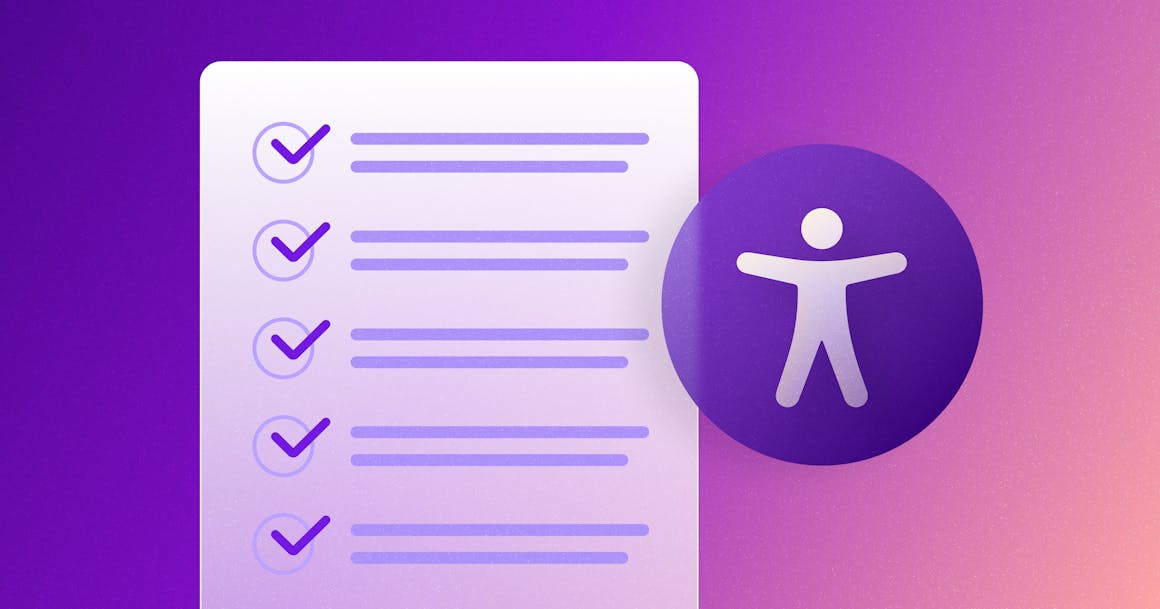
Principles of Inclusive Design
Now that you understand inclusive design and how it differs from accessible and universal design, let’s delve into the principles of the approach.
Comprehensive Accessibility
A key part of inclusive design is ensuring it’s usable by all users, including those with disabilities. Many people with disabilities rely on assistive technologies, such as screen readers or keyboard navigation, to navigate the web.
To ensure your site is usable by the disabled community, it should include accessible features and functionalities, including screen reader compatibility, keyboard navigation, closed captions for video, alt text for images, etc. You may also want to consider including accessibility tools that enable users to change web elements to fit their unique needs.
Flexibility in Use
No two users will interact with digital content in the exact same way, so digital products, services, and content must be flexible.
For example, videos should include closed captions so people can choose to listen or read content. This accommodates people with hearing impairments (e.g., deafness, hard of hearing, or hearing loss) and situational disabilities, like being in a crowded space. It also allows those who prefer to read content to do so.
You may also want to consider additional customization options, including the ability to adjust text size, pause or stop animations, or change color combinations.
Simple and Intuitive
Web design should be simple and easy to use regardless of the user’s abilities. Design elements should not rely heavily on a user’s previous experience, knowledge, language skills, or current concentration to be used. Users should be able to access your content and immediately understand how to use it.
To ensure your site is intuitive, provide clear headings that give users an idea of how content is organized. This can also help improve navigation. You may also want to use visual elements to guide users through the page. For example, using colors, white space, and icons can help differentiate between sections or highlight important links.
Perceivable Information
When delivering information online, it should be perceivable to all users, including those with sensory disabilities. More simply, necessary information should be clearly and effectively communicated to everyone, regardless of their abilities.
Provide alternative delivery methods and formats to ensure digital content is perceivable by people with sensory disabilities. For example, whenever you have videos, be sure to include voice-to-text or Braille displays. This allows those with visual impairments (e.g., blindness or low vision) to read content.
Tolerance for Error
While it’s impossible to avoid user errors entirely, there are ways to minimize their impact and handle them gracefully.
For example, confirmation boxes or dialogues inform users that they’ve correctly completed an action or clarify that they want to perform an action. Say a user wants to delete an item. A dialogue box would announce: “Are you sure you want to delete this item?” This ensures the user wants to complete the action and gives them a chance to save data or information. While dialogue boxes are particularly useful for individuals with visual impairments, they’re also beneficial for non-visually impaired users as it decreases errors or lost data.
Similarly, these tools can highlight errors, letting users know where the issue is and how it can be resolved. Another example is the use of multi-step undo capabilities, which are particularly useful for keyboard users and can quickly undo actions when errors occur.
Low Physical Effort
Digital designs should be used efficiently, comfortably, and with minimum fatigue. Users shouldn’t have to expend a huge amount of energy or brain power in trying to navigate through your digital content. This is particularly important for those with physical or cognitive disabilities as numerous or complex web elements can be distracting or hard to use for these users.
For example, using voice recognition technology or gesture-based controls can reduce the physical effort needed to navigate the web.
Size and Space for Approach and Use
Finally, physical accessibility is important in UX design. This includes elements such as touch targets or interactive elements — both of which should be easy to manipulate. Web designs should have the appropriate amount of space for reach and manipulation, regardless of a user’s body size, mobility, or posture.
To fulfill this need, designs should:
- Have a clear line of sight to important elements for both standing and seated users.
- Ensure the reach to certain components is comfortable for seated or standing users.
- Accommodate various hand and grip sizes.
- Have enough space for assistive technologies to navigate the page easily.
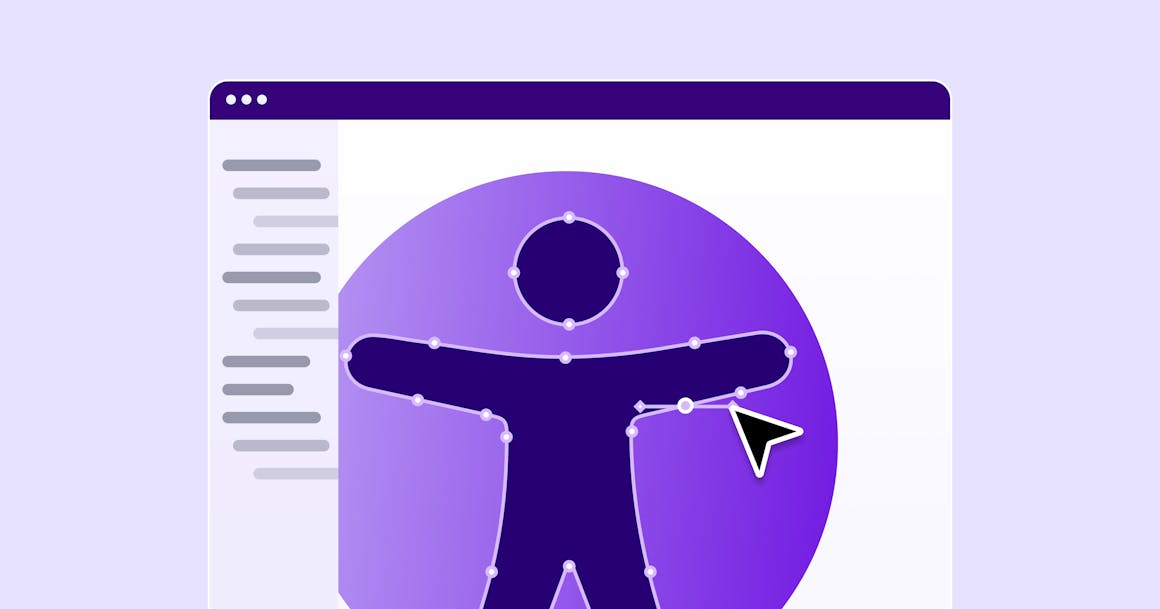
Benefits of Inclusive Design
Inclusive design aims to create digital content that supports as many people as possible. By accommodating such a large range of diverse users, you:
- Meet accessibility standards: The Americans with Disabilities Act (ADA), the European Accessibility Act (EAA), and the Accessibility for Ontarians with Disabilities Act (AODA) prohibit discrimination against individuals with disabilities. Each law requires organizations to provide accessible online spaces and use the Web Content Accessibility Guidelines (WCAG) as the standard for accessibility. WCAG includes detailed recommendations on how to create accessible digital content; following them helps you create accessible, compliant digital content, which decreases the chances of legal action (including lawsuits and demand letters).
- Broaden customer reach: The more inclusive your design is, the more people can use it, allowing you to broaden the reach of your products or services. This can also result in more engagement and loyalty as an inclusive design fosters a sense of belonging among user groups.
- Enhance your reputation: Inclusive designs show current and potential customers that you’re committed to providing an inclusive, positive user experience. According to one study, showcasing your commitment to inclusivity can increase customer loyalty by 57%. This improves your brand reputation and can help you win more customers.
- Create more sales opportunities: As we mentioned above, an inclusive design can expand your brand's reach, creating more revenue opportunities. For example, the disabled community is a huge, highly loyal — but underserved — community. By creating inclusive and accessible web designs, you open the door to a market with more than $13 trillion in annual disposable income.
- Improve the user experience: Most importantly, an inclusive design creates a positive, accessible experience for all. Access to digital content is a civil right — everyone should have access to it regardless of their abilities, ethnicity, or geographic location.
Implement Inclusive Design Principles into Digital Products
The first step in bringing inclusivity into your designs is understanding your users' unique needs. This involves conducting user research to determine their needs and preferences. Conducting interviews, surveys, or usability tests with users from different backgrounds is a great way to capture those insights and user preferences. Be sure to address your own biases prior to interviewing others as well as this will help you keep an open mind throughout the prototyping process.
Once you have an understanding of users’ needs, remember to include accessibility features. Inclusivity includes the disabled community, who need features like alt text, assistive technology compatibility, keyboard navigation, and video captions.
Next, you can begin creating your digital design. As you’re doing so, keep flexibility in mind throughout the entire process. Remember, no two users interact the same when using online spaces. Be sure to provide users with options to adjust font or text sizes, change color contrast, or other visual elements. You may also want to provide alternative input methods to accommodate users with limited physical mobility.
Finally, test and iterate your designs regularly. As technology evolves and user needs change, so does the meaning of inclusivity. Regular accessibility testing is the only way to continue to provide an inclusive, accessible experience — even as needs change.
One example of inclusive design is Microsoft. In 2022, the tech company announced a new and expanded Inclusive Tech Lab, which includes a new line of adaptive computer accessories. Each one is designed to give people with physical impairments easier access to technology.
Another example is Netflix. The streaming company has always included closed captions for its shows; however, in 2022, the company took it a step further. In season four of Stranger Things, the captions helped to set the mood for viewers with auditory disabilities. Rather than just transcribing the dialogue, the captions included text on the background music or sound effects happening in the show. For example, [eerie, unsettling music playing] and [gate pulsates wetly] helped create a more inclusive experience for those with disabilities — whether permanent or situational.
AudioEye’s Role in Promoting Inclusive Design
Inclusive design isn’t just the latest design industry buzzword. It’s something more consumers are looking for and prioritizing when evaluating products and services. By incorporating inclusive design, you foster an environment where inclusivity thrives and users feel a strong sense of belonging.
That’s exactly what we’re striving for at AudioEye. Not only do we follow inclusive design principles in the design and development of our own digital content, but we encourage others to do so as well. We do this by designing with, not for, individuals with disabilities — and we’re committed to helping you do the same.
At AudioEye, we’ll help you create inclusive and accessible web designs that are usable by all. We do this by first helping you understand your current accessibility levels with our Website Accessibility Scanner which identifies common accessibility issues. Our Automated Fixes then automatically fix common issues while our team of experts — which include individuals with disabilities — apply Managed Custom Fixes for more complex issues.
We even help you maintain a mindset of accessibility and inclusivity with our Accessibility Training. This also helps you stay up-to-date on the latest accessibility design practices, enabling you to continue to build accessible design as technology evolves and user needs change.
Ready to see what AudioEye can do? Book a demo today.
Ready to see AudioEye in action?
Watch Demo
Ready to test your website for accessibility?
Share post
Topics:
Keep Reading
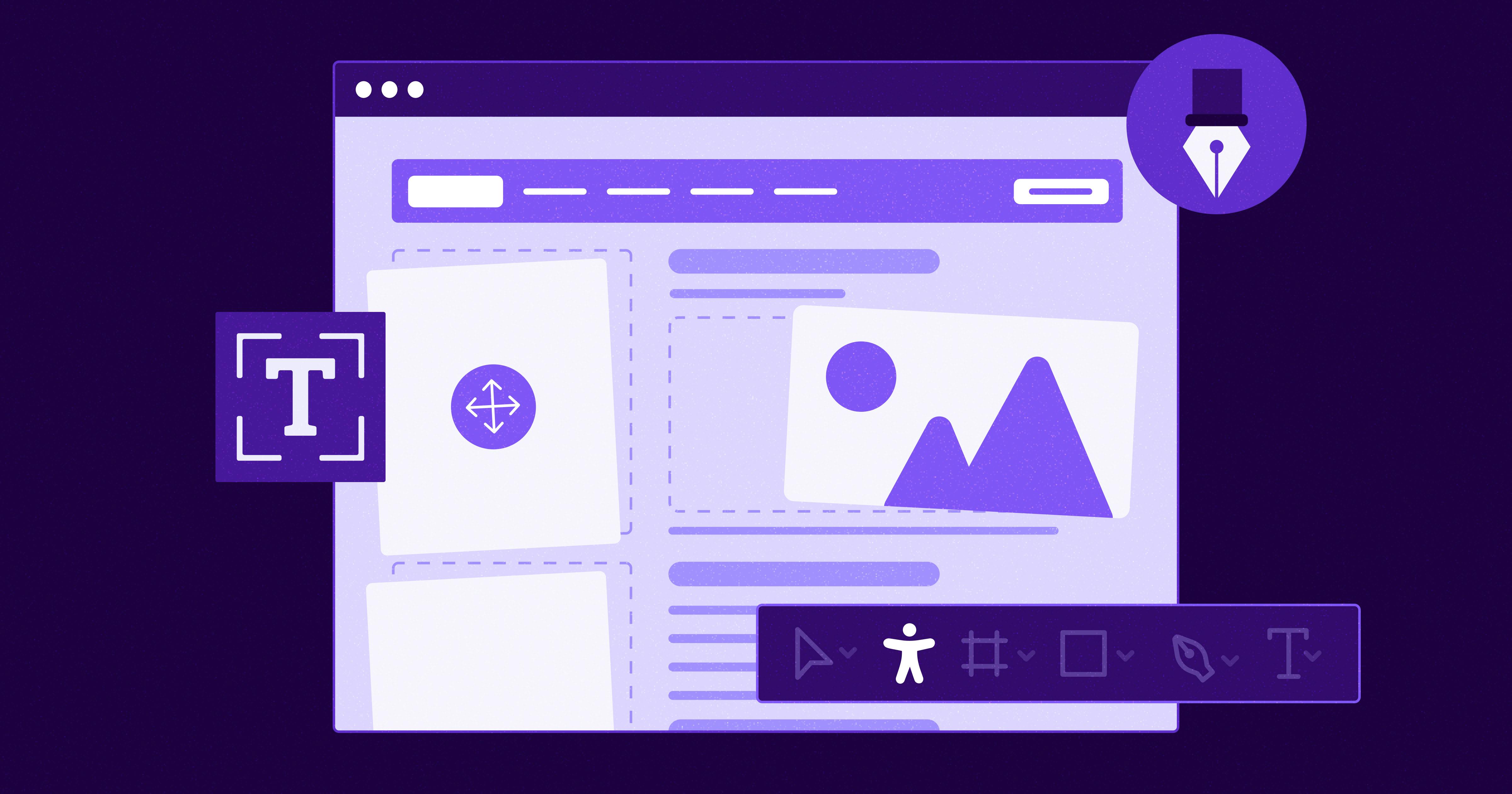
7 Websites That Got Accessibility Right (and What You Can Learn)
Looking to create an accessible website? See how seven companies utilized accessibility best practices to create a seamless user experience that works for all.
accessibility
April 11, 2025
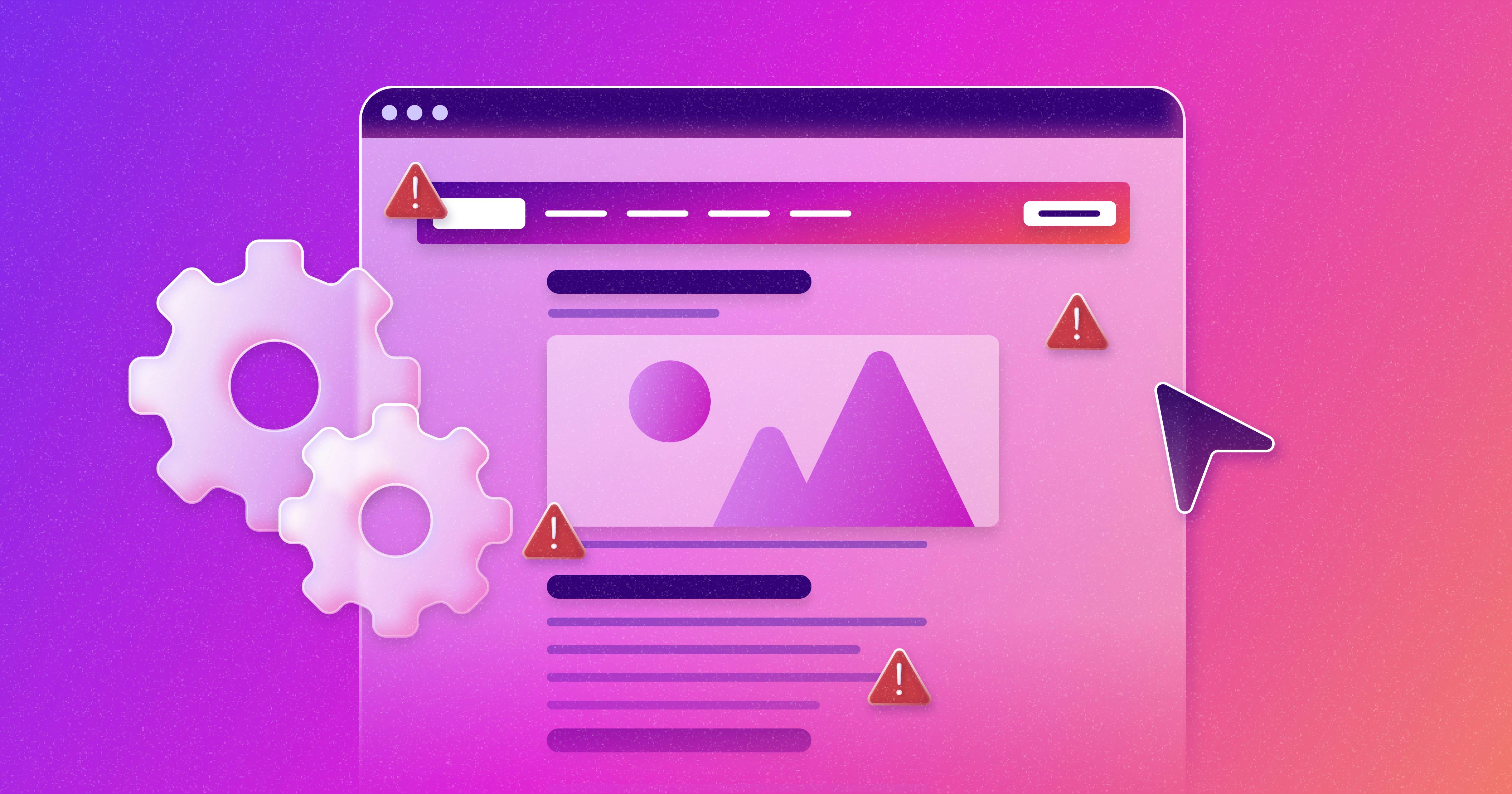
Why People + Automation Is the Right Approach to Accessibility Testing
Discover how using both automated and manual accessibility testing is the perfect approach to creating accessible, compliant digital content.
accessibility
April 08, 2025
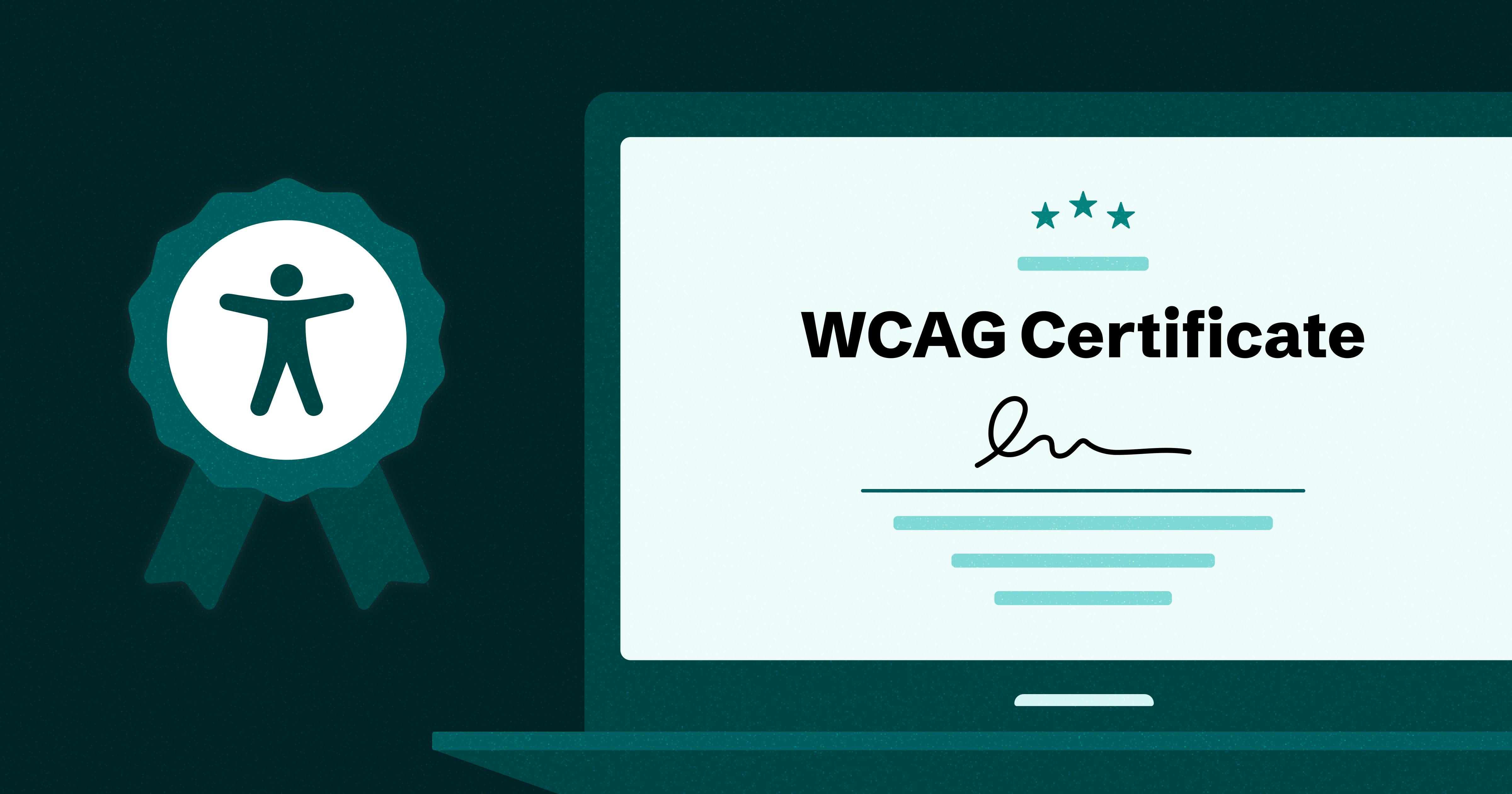
Is WCAG Certification Possible? 6 Things You Need to Know
While WCAG standards don’t offer official certification, there are training programs and professional credentials that can boost your accessibility expertise. Learn more.
accessibility
April 03, 2025
